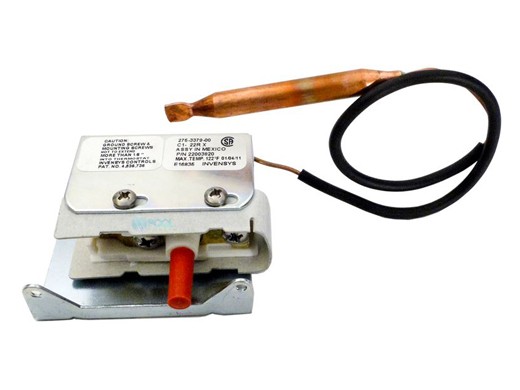You should test the sensors before you try to replace them. What we have found is that the board is the main issue in the "short cycling" problem. We believe that the issue is with the logic chip on the board or the traces that are making the voltages fluctuate. Softub has no schematics for the boards that we can get so we were just chasing the traces and voltages on the board. The part number for the sensors is 1124800-S but everything softub is propriatary so they will be hard to find.
View attachment 394268
If anyone wants to "dumb" down the system you can get the old push-button high limit and temperature thermistor that can handle 20 amps. These were used in old spa packs and you can eliminate all of the electronics in the system and throw the temp knob on the existing control panel.
Pool Supply Unlimited has some of the best prices when shopping for Coates High Temperature Limit Switch | 22003820

www.poolsupplyunlimited.com
SpaGuts Replacement Thermostat, 48in CAP X 5/16in X 4.0in BULB Replacement SpaGuts Replacement Thermostat, 48in CAP X 5/16in X 4.0in BULB.

www.spaguts.com
The coil on the pump is doing very little to heat the water, the primary function is to cool the motor down. Avoid any of the plastic ones on eBay, the motors overheat and die quickly.



